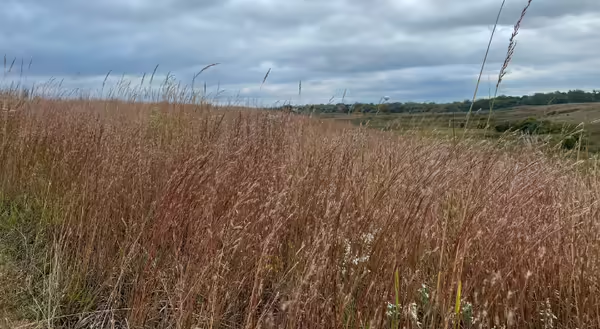
Fall is here, and while some days feel much more fall-like than others, you can’t deny that trees are putting on their fall colors, herbaceous plants are fading away, asters are blooming, and many warm-season grasses are in their prime.
One of my favorite grasses to appreciate in the fall is Little Bluestem, Schizachyrium scoparium. A prairie grass, finding naturally occurring Little Bluestem isn’t very common in southern Illinois, as it’s restricted to bluffs, glades, and savannas, but it can be more commonly found throughout central and northern Illinois in prairies and prairie restorations. Many native plant gardens include this showy grass species. I have a few in my home garden.
Let’s take a closer look at how to identify Little Bluestem.
Where to find Little Blue
Even though its common name is Little Bluestem, this grass is in a different genus than Big Bluestem, Andropogon gerardii. Little Bluestem is in the Schizachyrium genus, and it is the only species in this genus that can be found in Illinois. This helps make identification simpler. There is a look-alike species, Broomsedge, which we’ll take a closer look at.
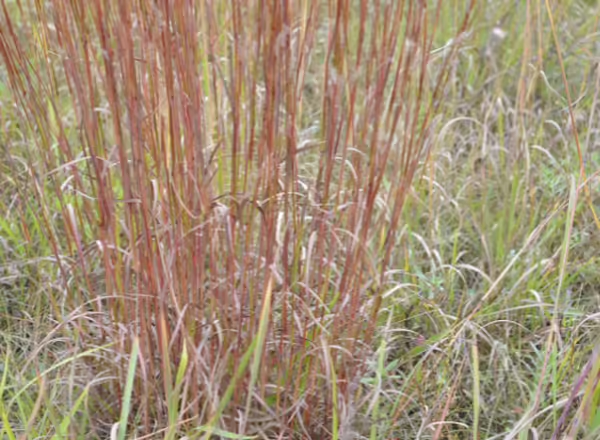
Look for reddish-orange foliage
Little Bluestem is a bunchgrass that typically stays about 3 feet tall. Its thin stems are yellow to reddish brown in color, often with red nodes. Little Bluestem has short green to green-blue leaves along its stems, and they have a membranous ligule at the base of the leaf blades where they wrap around the stem to form a sheath. The stems of Little Bluestem, like Big Bluestem and Broomsedge, are a bit flattened, rather than perfectly round, which you can feel if you roll the stem between your fingers. In the fall, the foliage of Little Bluestem can turn a reddish-orange color.
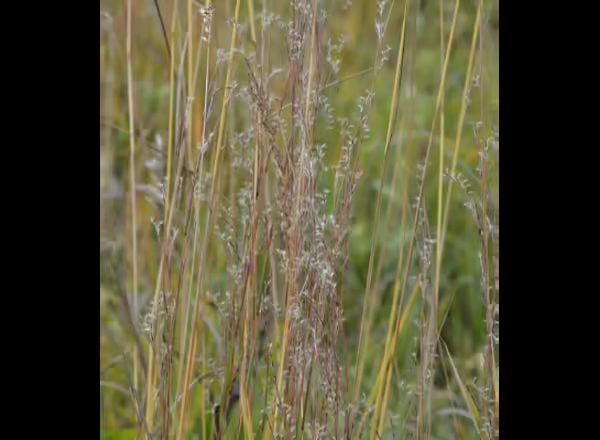
Spikelets like eyelashes
This grass blooms in the late summer to early fall, producing raceme inflorescences. This means that along the stem, you will find clusters of spikelets that are held on a branch or a stalk. The spikelets (flowering units) have tufts of fine white hairs, which make them resemble eyelashes. The spikelets also have awns, which are bristle-like structures that emerge from the tips of the spikelets.
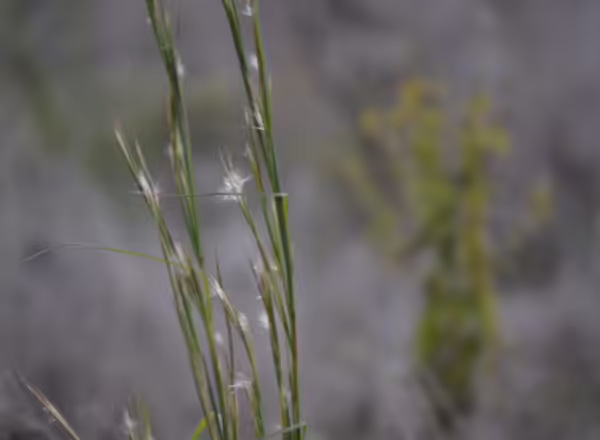
Look-alike grass
The most commonly confused grass with Little Bluestem is Broomsedge, Andropogon virginicus. Broomsedge has similar characteristics to Little Bluestem:
- Bunchgrass
- Membranous ligule
- Hairs at the base of the leaf blades
- Spikelets that are covered in white fluffy hairs and arranged into racemes
- Foliage that turns orange to red in the fall
But there are some key differences too:
- Little Bluestem as a whole is much more delicate in size, with shorter, thinner stems and fewer leaves.
- Broomsedge tends to form a very bushy grass clump because it has many more leaves along the stems than Little Bluestem.
- The racemes are larger and fluffier on Broomsedge than Little Blue, which again, tend to be smaller and more delicate.
- Habitat differs too – Broomsedge is typically found in poorer quality habitats like old fields and roadsides, while Little Bluestem prefers prairie, glade, and bluff habitats.
Check out my blog post on Broomsedge to get a closer look at that species.
Have you seen Little Bluestem before? Would you consider planting some? Need a refresher on grass identification terms? Check out this blog post!
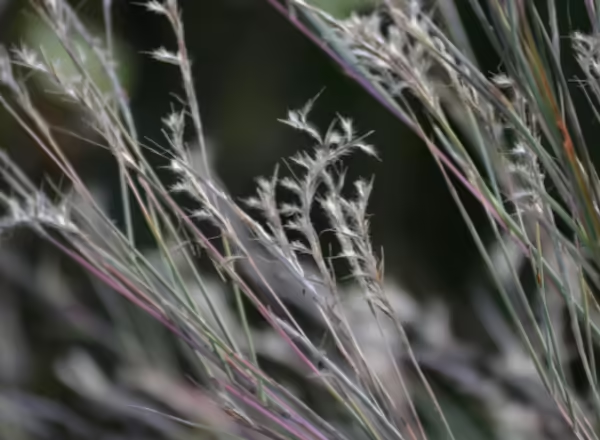
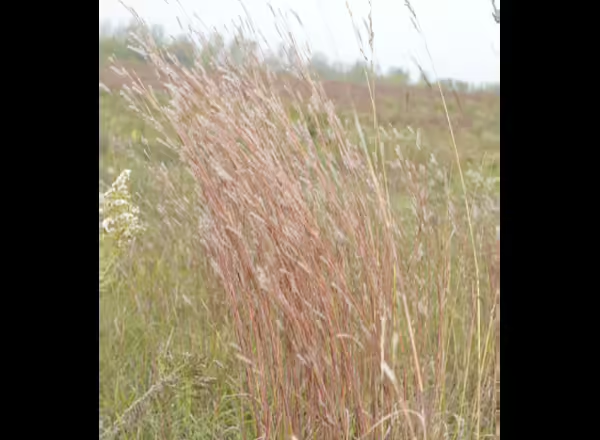
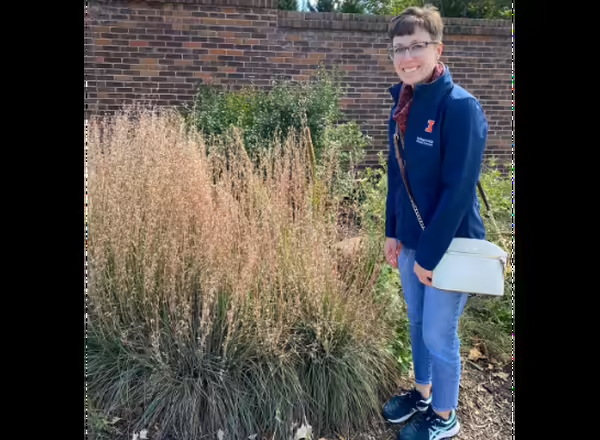
Thank you for reading!
Never miss a new post! Subscribe to our email list to get updates each time a new post is available.
Give us feedback! How helpful was this information (click one): Very helpful | Somewhat helpful | Not very helpful
ABOUT THE AUTHOR: Erin Garrett is a Natural Resources, Environment, and Energy Educator for University of Illinois Extension serving Alexander, Johnson, Massac, Pulaski, and Union counties. Erin develops and delivers high impact programming to adults and youth to help them develop an appreciation for natural resources and to empower them to make small changes to positively impact the environment. Erin’s programming focuses on why homeowners should consider choosing native plants, how to support native pollinators, how to identify grasses, how to identify and manage invasive species, and developing an appreciation for prairie ecosystems.